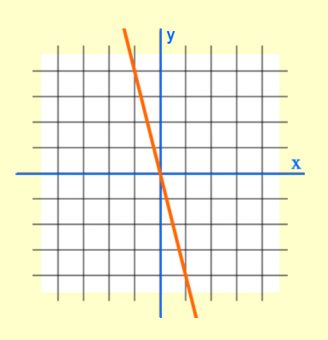Securing your first teaching license can feel like navigating a winding, endless path to an uncertain destination. The journey, however, need not be ambiguous at all. The MA Department of Education (http://www.doe.mass.edu/educators/) has quite efficiently outlined the steps you must take. The requirements can feel daunting and rigorous, but they are part of the process of verifying that every classroom teacher is equipped for handling the responsibility of educating Massachusetts’ youth.
Massachusetts has established multiple pathways to teacher licensure. The purpose of each pathway is to verify that Massachusetts educators are academically and professionally prepared to instruct students. In the simplest terms, securing a Massachusetts teaching license requires completing coursework, passing teacher exams, and applying through ELAR.
License Requirements
This tool from the Massachusetts DOE will help you determine the requirements for your license.
https://gateway.edu.state.ma.us/elar/licensurehelp/LicenseRequirementsCriteriaPageControl.ser Your license will most likely require the list of items below.
Bachelor’s Degree
The MA Department of Education requires that licensed educators earn a Bachelor’s Degree from an accredited college or university. Your degree may be a Bachelor of Arts or a Bachelor of Science and it may be in a variety of majors.
Approved Teacher Program
Teacher candidates must complete a state-approved educator preparation program in the field and grades for which they will be licensed. Education programs are typically found in 4-year colleges or universities. The course work includes training in instructional strategies, curriculum, technology, and assessment.
MTEL Communication and Literacy Skills
This test is a requirement for all pre-K to grade 12 licensed teachers. It has two subtests: reading and writing. The reading subtest is multiple choice; the writing subtest is a combination of multiple choice, sentence correction, and open response.
MTEL Academic Subject Matter
Depending on your field and grade level, you will also need to pass MTEL licensing tests. Early Childhood educators must pass both the MTEL Early Childhood test and the MTEL Foundations of Reading test. Elementary teachers must pass the MTEL General Curriculum test and MTEL Foundations of Reading. In grades 5-12, tests align with the field of study. For example, biology teachers must pass the biology content test and mathematics teachers must pass the mathematics test. Some alternate tests are listed on the MTEL (Massachusetts Tests for Educator Licensure) page of the DOE site. http://www.doe.mass.edu/mtel/testrequire.html
Massachusetts Sheltered English Immersion
In July of 2014, SEI Teacher Endorsement became a licensure requirement. One way to complete this requirement is by passing the SEI teacher exam offered through MTEL. http://www.mtel.nesinc.com/TestView.aspx?f=HTML_FRAG/MA056_TestPage.html. Another option for securing the endorsement is completion of a course approved by the DOE. The course covers such topics as the structure of language, significant factors in language acquisition, principles and strategies for sheltered English immersion, and information about English language learner population. Courses are readily available throughout Massachusetts. (For listing of approved courses, visit http://www.doe.mass.edu/retell/For-Cost.html).
Application
Massachusetts has established the web based system ELAR (Educator Licensure and Recruitment) http://www.mass.gov/edu/gateway/ to manage the licensure application process. You can submit paperwork, pay fees, and gain access to information regarding the status of your teacher licensure through ELAR.
You can also review PrepForward’s solutions for MA educators.


 The MTEL exam was designed to ensure that educators have the academic preparedness to succeed in a school community. You’ll need both academic proficiency and professional communication skills. Qualifying scores on the required tests indicate that you are knowledgeable in your respective areas of expertise and able to communicate clearly with students and their parents or guardians. Understandably, passing such all-encompassing tests is a challenge that requires teacher candidates to prepare thoroughly. Here is some advice on how best to prepare.
The MTEL exam was designed to ensure that educators have the academic preparedness to succeed in a school community. You’ll need both academic proficiency and professional communication skills. Qualifying scores on the required tests indicate that you are knowledgeable in your respective areas of expertise and able to communicate clearly with students and their parents or guardians. Understandably, passing such all-encompassing tests is a challenge that requires teacher candidates to prepare thoroughly. Here is some advice on how best to prepare.